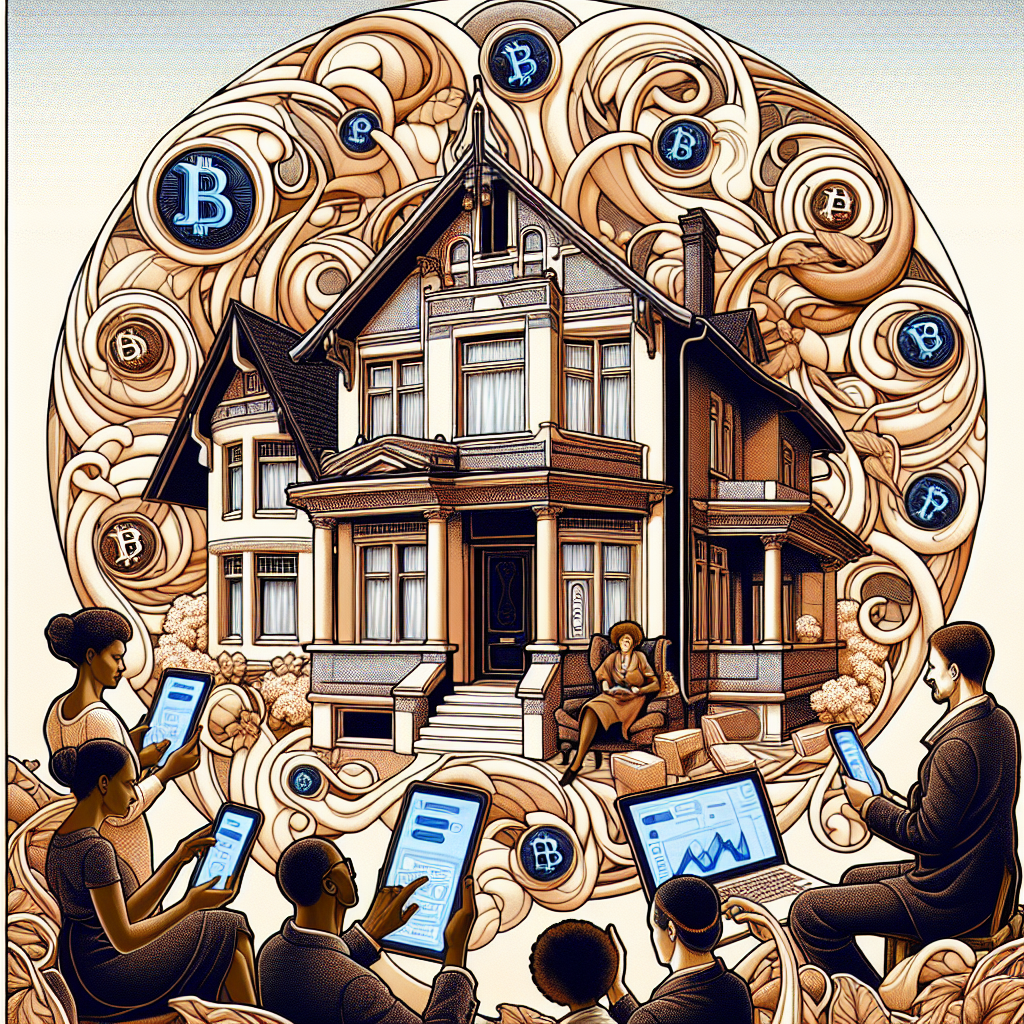The Forgotten Middle: Why Mid-Market Real Estate Will Dominate Tokenization in 2026

In the world of real estate tokenization, it's easy to be dazzled by the glitz of luxury penthouses or the impressive scale of commercial developments. But while everyone's looking up at the penthouse or down at the ledger, they're missing what's right in front of them: the humble mid-market residential property.
Much like that middle shelf at the liquor store – you know, the one where actual value lives, somewhere between 'might make you blind' and 'second mortgage required' – the $200K-$500K residential property segment is poised to become the unexpected star of real estate tokenization by 2026.
The Current Tokenization Landscape
The global market for tokenized real estate is projected to reach a staggering $4 trillion by 2035, growing at a compound annual rate of 27% from its current valuation of under $300 billion. While luxury properties have dominated headlines and early adoption, market fundamentals suggest a significant shift toward mid-market properties is imminent.
Why the Middle Market Will Triumph
1. The Economics Make Sense
Tokenizing real estate isn't free. Development costs for tokenization platforms range significantly:
- Basic platforms: $50,000-$100,000
- Intermediate platforms: $100,000-$250,000
- Advanced platforms (typically required for luxury): $250,000-$500,000+
When you're tokenizing a $10 million luxury property, absorbing these costs is feasible. But the real revelation comes when examining the cost-to-value ratio for mid-market properties. By 2026, technological standardization and economies of scale will reduce tokenization costs significantly, making the $200K-$500K segment the sweet spot for maximum return on tokenization investment.
2. The Investor Appetite Is Shifting
High net-worth investors aren't the only players anymore. By 2025, approximately 80% of high net-worth investors and 67% of institutional investors are already investing or planning to invest in tokenized assets. But the real growth is coming from a new category: the mass affluent and retail investors who have been priced out of traditional real estate.
These investors don't want (or can't afford) a piece of a Beverly Hills mansion. They want accessible, reliable investments that offer both appreciation and potential income – exactly what mid-market residential properties provide.
3. Regulatory Frameworks Favor the Middle
As regulatory bodies worldwide continue to develop frameworks for tokenized assets, they're primarily focused on protecting average investors. This focus naturally creates an environment where mid-market residential properties – with their lower individual values, standardized contracts, and established valuation methods – face fewer regulatory hurdles than luxury or commercial properties with complex ownership structures.
By 2026, expect to see streamlined compliance pathways specifically designed for mid-market tokenization, further accelerating adoption in this segment.
The Numbers Tell the Story
Let's consider some illuminating statistics:
- Liquidity boost: Mid-market properties tokenized in test cases experienced a 34% reduction in time-to-sell compared to traditional methods
- Fractional ownership makes these properties accessible to 5-10x more potential investors than luxury properties
- Transaction costs for tokenized mid-market properties are projected to be 45-60% lower than traditional real estate transfers by 2026
Volume Will Be the Victory
The luxury market may grab headlines with multi-million-dollar tokenization events, but the mid-market will win through sheer volume and accessibility. There are simply many more properties in the $200K-$500K range than in the luxury market, creating a much larger potential tokenization pool.
Barriers to Entry: The Great Equalizer
Tokenization's greatest promise has always been democratizing access to real estate investment. Mid-market properties deliver on this promise in ways luxury never could:
- Lower minimum investment amounts through fractional ownership
- Greater market familiarity for average investors
- Reduced volatility compared to luxury markets
- More straightforward property management
Plus, let's be honest – most people understand the value proposition of a three-bedroom home in a good school district better than they understand why someone would pay $25 million for a glass box in the sky with a famous architect's name attached.
The Technology is Finally Ready
Early tokenization platforms were expensive, clunky, and required significant customization. By 2026, we'll see a proliferation of turnkey solutions specifically designed for mid-market residential tokenization, featuring:
- Automated compliance
- Standardized smart contracts
- Integration with property management systems
- Simplified user interfaces for both property owners and investors
These technological advances will disproportionately benefit the mid-market segment by dramatically reducing the expertise needed to tokenize properties.
What This Means for Investors
For forward-thinking investors, the implications are clear: while luxury tokenization captures imagination, the real opportunity lies in the middle market. By 2026, expect to see specialized funds focused exclusively on tokenized mid-market residential properties, offering diversified exposure across markets, demographics, and property types.
Think of it as the index fund approach to real estate – not spectacular on any single property, but potentially revolutionary in aggregate performance, accessibility, and risk management.
Conclusion: The Overlooked Opportunity
Sometimes the most significant opportunities aren't where the spotlight shines brightest. While luxury properties will continue to make splashy headlines in the tokenization space, the quiet revolution will happen in the forgotten middle – those ordinary homes in ordinary neighborhoods that make up the backbone of the housing market.
By 2026, don't be surprised when mid-market residential becomes the dominant segment in tokenized real estate – not because it's the most exciting, but because it's where the economics, technology, and market demand converge most perfectly.
After all, the middle shelf at the liquor store might not have the fancy packaging, but it's where the connoisseurs know the real value lies.




